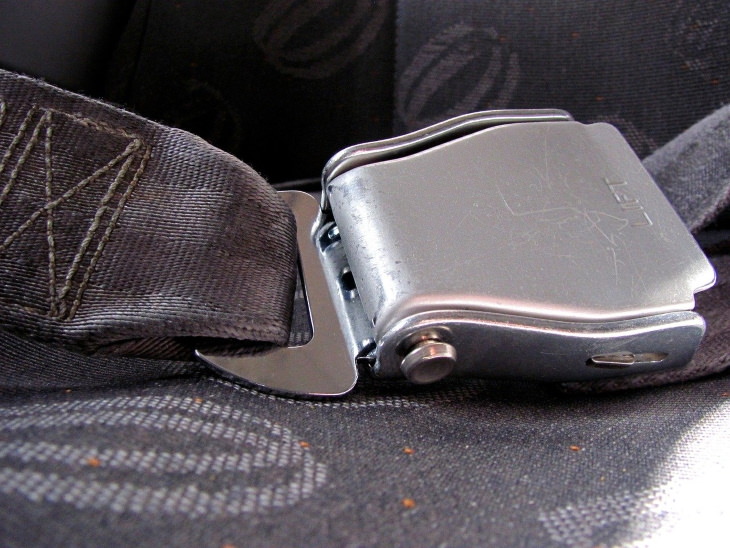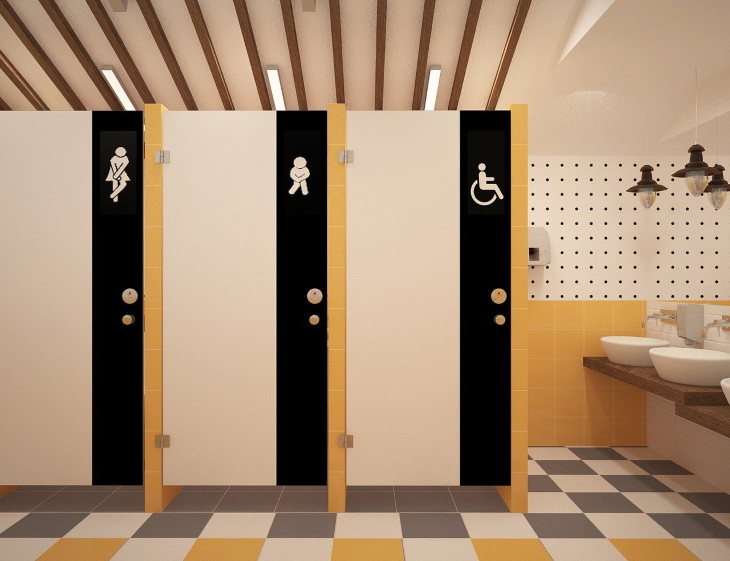If you’re determined to fly somewhere this summer, you’re not alone. Two-thirds of Americans are planning at least one trip this summer according to a survey conducted by TripAdvisor. With the implementation of COVID-19 vaccinations worldwide, both domestic and international air travel has become a reality once again. But how do you stay safe and avoid potentially dangerous situations as you’re traveling by plane?
Along with all the excitement of finally being able to meet family, friends, or just travel somewhere after over a year of self-isolation, it’s also natural and rational to feel a bit uneasy or worried about traveling. After all, the pandemic hasn’t vanished yet. Traveling by plane may be especially stressful. The crowds at the security check, public bathrooms, cramped seats, and the recycled air on the plane often make it difficult to maintain social distancing.
This article goes through 7 of the dirtiest places at the airport and on the plane so that you know when you must wash your hands and how to avoid potentially dangerous situations.
1. Security check bins
Security checks are one of those places at the airport everyone must go through, and thousands of hands touch those security bins every day. No wonder a 2018 study by the University of Nottingham and the Finnish Institute for Health and Welfare found that plastic security trays are the germiest surface of all. The study sampled various surfaces at Helsinki Airport for common bacteria and viruses. Consider wearing gloves and washing your hands with soap immediately after going through the security check at the airport.
2. Armrests
Airports are frequently cleaned and disinfected these days, but one of the places that are touched but not cleaned enough are the armrests on chairs. According to Kelly Reynolds, a professor, and chair of the Community, Environment & Policy Department at the University of Arizona, armrests are a commonly overlooked source of germs. This is consistent with a 2018 study that found 21,630 bacteria and fungi per square inch of an average airport chair armrest.
If you have to wait at the boarding gate for a long time, wipe down the chair and armrest with a disinfectant wipe or sanitizer before sitting down. The same applies to the armrests on the plane. For shorter waiting times, just consider standing and waiting near the gate.
3. Check-in counters
It doesn’t matter if you’re checking in through one of those self-check-in touchscreens or a regular check-in counter, it’s important to use a hand sanitizer after going through the check-in process. The same 2018 study we listed previously found that check-in touchscreens were the dirtiest surface they tested - an average screen contained 253,857 germs per square inch.
If you’re traveling with minimal luggage and don’t need to check it in, many companies allow you to check-in online and print your boarding ticket at home. This could help you avoid crowds and germy check-in counters altogether.
4. Handrails
Handrails on moving walkways, stairs, and escalators are cleaned less frequently than many other spots at the airport. Since most of us instinctively grab them when going upstairs or moving along the walkway, it’s safe to say that these places aren’t the cleanest. Needless to say, it’s difficult and often impossible to avoid touch handrails. After all, they exist to keep you from falling and should be used. But do make sure to disinfect your hands afterward.
5. Tray table
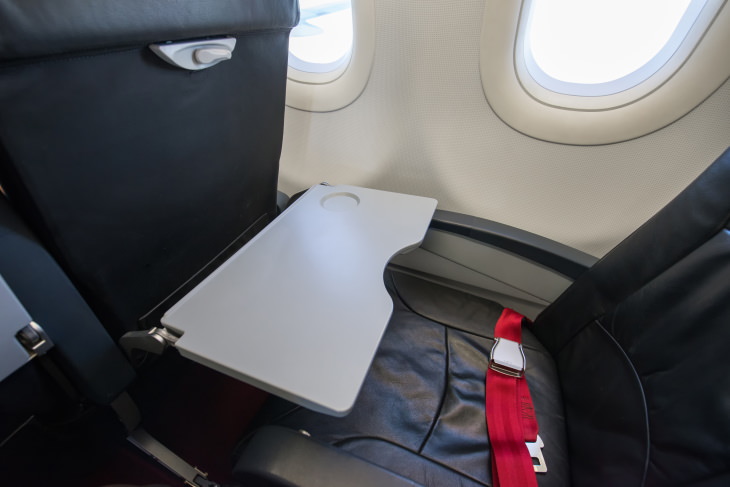 So you passed through all the security checks, and you’re now on the plane. Which surfaces should you be wary of on the actual plane? First and foremost, we’re glad to let you know that planes are actually cleaner than the airport itself, but they are still often riddled with bacteria, fungi, and viruses.
So you passed through all the security checks, and you’re now on the plane. Which surfaces should you be wary of on the actual plane? First and foremost, we’re glad to let you know that planes are actually cleaner than the airport itself, but they are still often riddled with bacteria, fungi, and viruses. The tray table is one of the germiest and most used places on an airplane. On average, a tray contains 11,595 microorganisms per square inch, including fecal bacteria and other germs. Unfortunately, these tray tables are often not properly cleaned and disinfected, so make sure to give yours a thorough wipe-down with some type of disinfectant.
6. Seat belts
The same study we mentioned earlier found that an average seat belt contains 1,116 germs per square inch, which is admittedly lower than the previous surfaces we mentioned, but still quite high. Since it’s practically impossible to avoid touching a seat belt altogether, make sure that you disinfect it before fastening.
7. Bathrooms
Bathrooms at airports and airplanes are cleaned and disinfected all the time, so they are by no means the dirtiest place you will encounter as you air travel. However, the toilet flush button specifically is still one of the dirtiest places at the airport and the germiest part of a plane.
“Airport bathrooms are cleaned regularly, but also heavily used. Stall handles, sink faucets and exit panels on the doors frequently test positive for high numbers of disease-causing microbes,” Reynolds said. On average, a flush button in a plane’s toilet contains almost 100,000 microorganisms. Needless to say, you should always take advantage of an opportunity to wash your hands with soap and water while you’re in a bathroom.
Share this information with those who are planning to fly this year



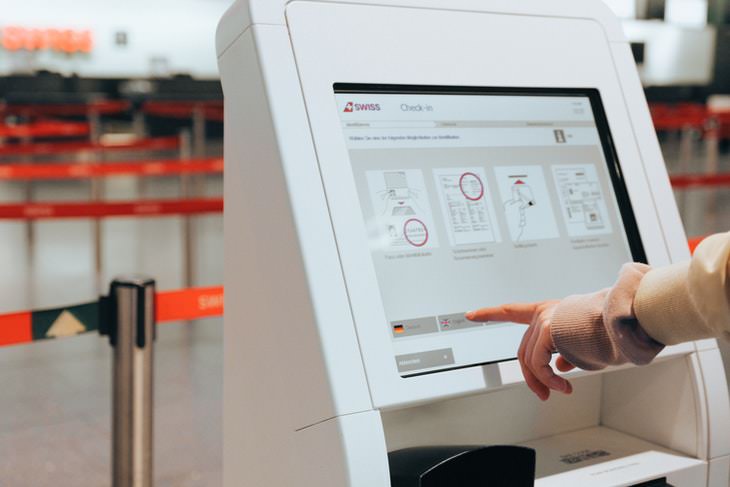
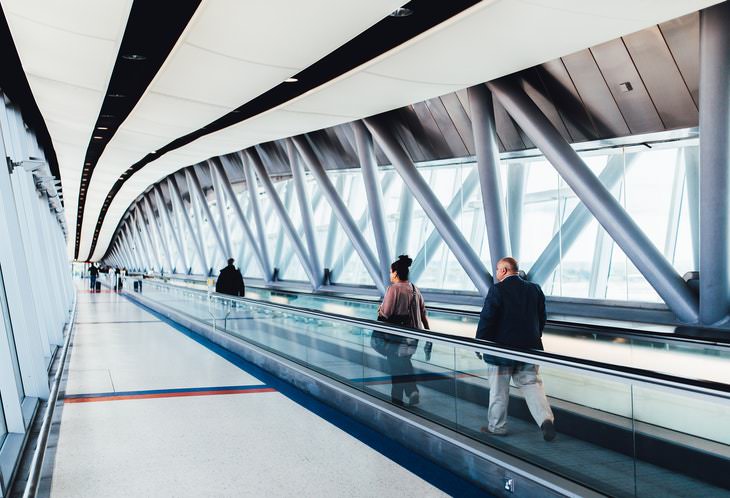
 So you passed through all the security checks, and you’re now on the plane. Which surfaces should you be wary of on the actual plane? First and foremost, we’re glad to let you know that planes are actually cleaner than the airport itself, but they are still often riddled with bacteria, fungi, and viruses.
So you passed through all the security checks, and you’re now on the plane. Which surfaces should you be wary of on the actual plane? First and foremost, we’re glad to let you know that planes are actually cleaner than the airport itself, but they are still often riddled with bacteria, fungi, and viruses. 